
Design as brand: The power of choice and belief
Understand how your brand choices and messages can be communicated through your application design.
Design is not just about form or function; it’s about purpose. Consumption has become a vehicle for self-expression. It is not just wanting a product, but aligning with a set of values. People choose to support brands that reflect their beliefs, ethics, and aspirations. Whether someone shops from vegan companies or avoids brands linked to political ideologies they oppose. Choosing a brand has become an act of self-expression.
Designers know how to make users happy. They are owners of pleasure, merchants of pleasure. Designers provide infinite affirmation. Thanks to them, the world is more beautiful, comfortable and prosperous.
— Jason Grant
This shift has helped democratize branding and design –or at least it should have. With consumers more critical and informed, a brand becomes a mirror: reflecting the identities of those who support it. A brand’s success is now less about reach or revenue, but by how deeply people believe in its message and act on that belief.
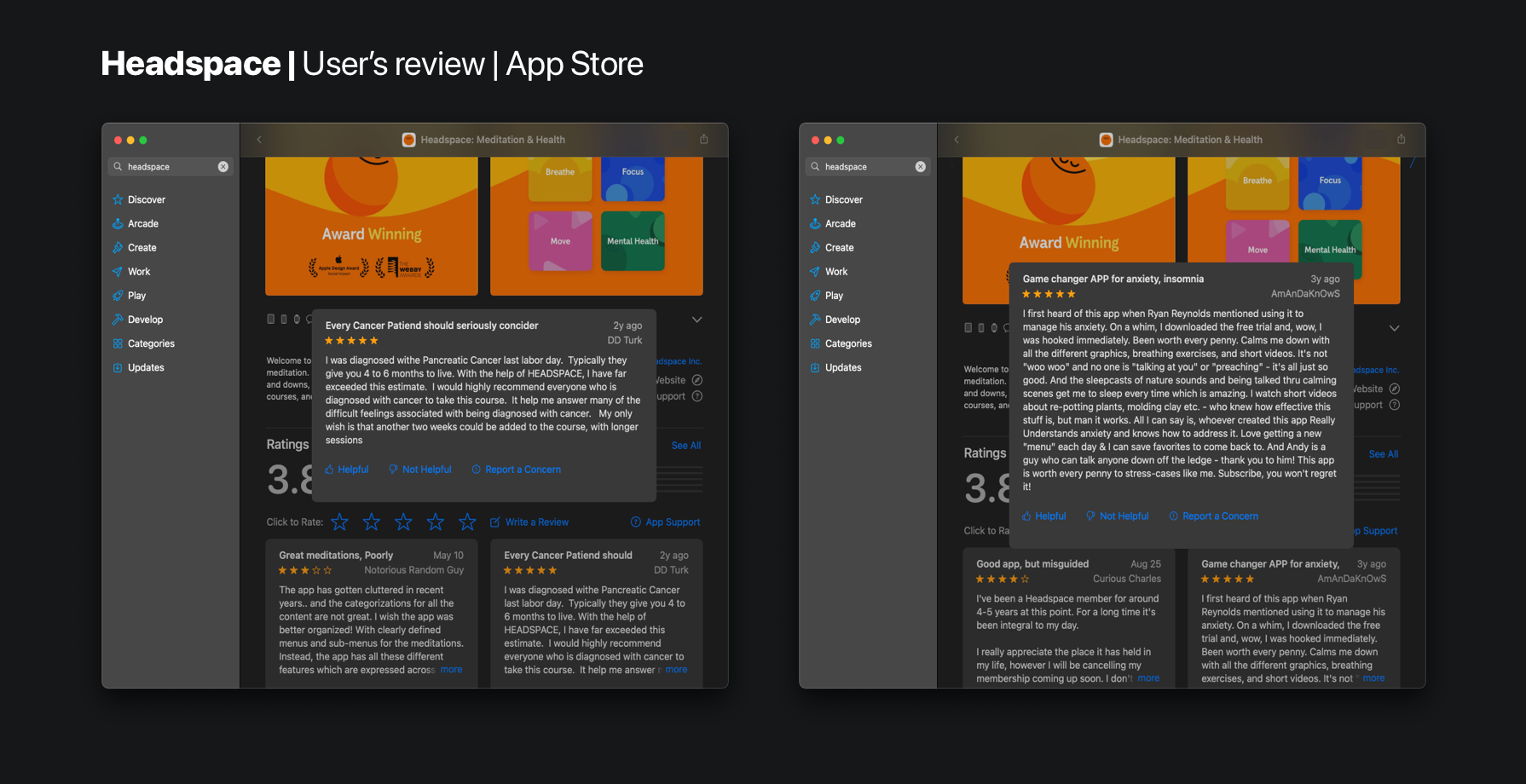
User reviews on Headspace in the App Store reveal that users downloaded it because they want to live more intentionally. The brand, which began as a meditation app, appeals to those seeking non-toxic productivity, ethical self-improvement, or gentle daily rituals.
Warm colours and friendly animations create an emotional safe space that reflects the user's goals: slowing down, healing, and growing. Even loading screens are opportunities to reinforce the brand’s values, reminding users to breathe, rest, or simply “be.”
Branding through interaction and interface
A basic definition of branding is “the promotion of a particular product or company using advertising and distinctive design”. In its most basic form, branding is inseparable from design. In digital spaces, branding is also interaction. It’s not just what a company says; it’s how it behaves, how it feels, and how it treats the user.
Apple’s Human Interface Guidelines (HIG) exemplify this connection. Beyond usability, they serve as a powerful branding tool, as they maintain Apple's brand continuity across third-party apps, fostering trust and a unified user experience.
Branding dates back thousands of years, when humans created symbols to express their beliefs to their community, to the industrial era's rise of logos. Over the last decade, companies have begun connecting emotions, values, and behaviors to their names and products, fostering a dynamic reciprocal relationship that links brand identity, community identity, and self-expression. Branding evolves to a platform articulating human values and collective identity, no longer merely a tool of capitalism.
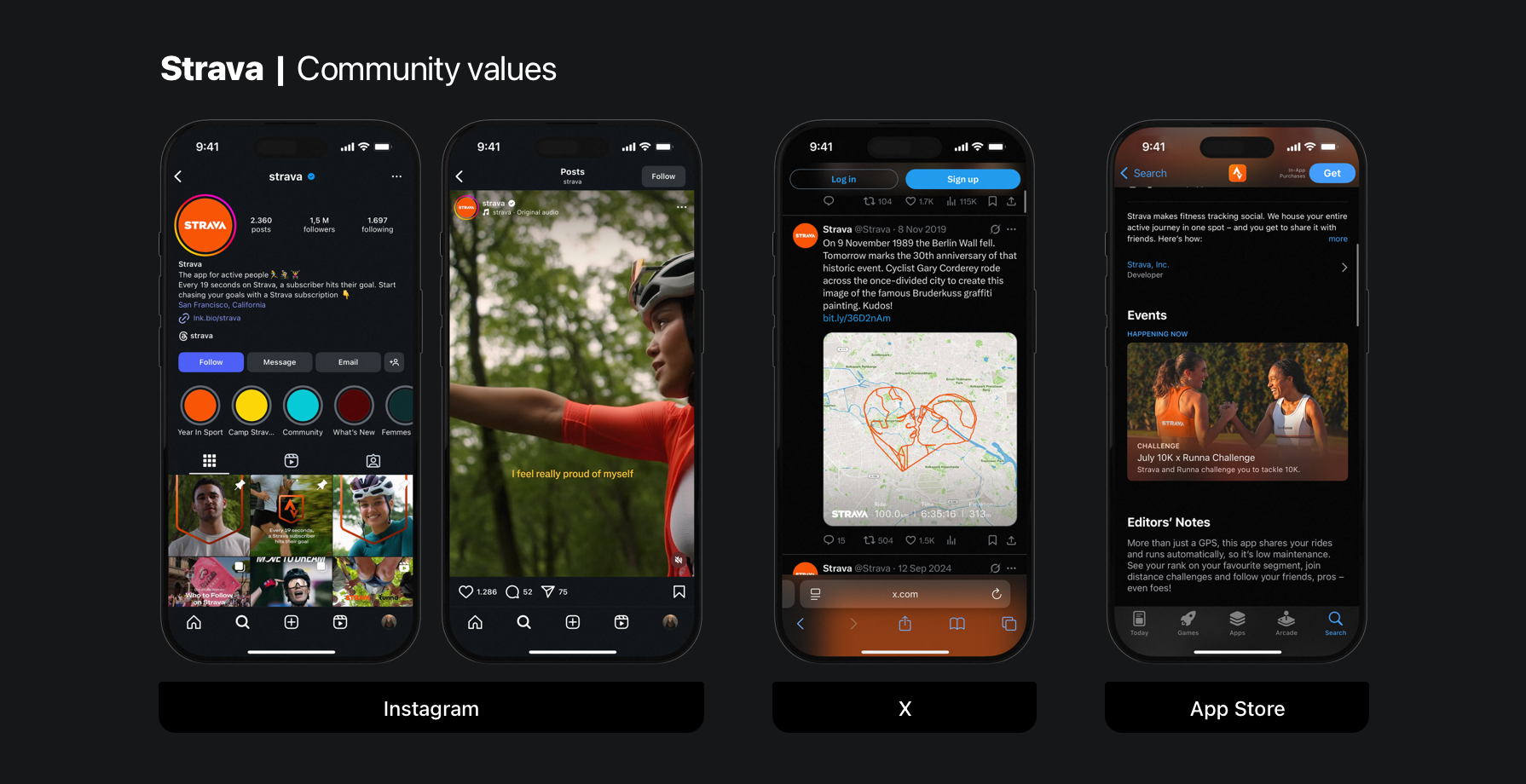
Strava shows how modern branding is a co-created identity shaped by community and self-expression. While its core functionality revolves around fitness tracking, the brand is built just as much through its users as by the company itself. Features like clubs, challenges, and the social feed foster a dynamic, reciprocal relationship between the brand, its community, and individual users.
We had the packaging era; now we’re in the app era. The icon is the new packaging, and the onboarding is the elevator pitch. Every interaction is a touchpoint that reinforces (or deteriorates) brand perception.
Consumers choose brands not only for their utility or aesthetics, but also because those brands reflect who they are or who they aspire to be. Brand success, now, means measuring not just how many people use a product, but how deeply users believe in its message and how consistently it chooses to support it.
Your brand isn’t what you say it is. It’s what they say it is.
— Marty Neumeier
The rise of mobile devices shifted power. Information became accessible at any time in the palm of people's hands. Video-sharing platforms gave people reach, influence, and power that only brands and institutions had previously had. The Swift language and SwiftUI lower the barrier for creating a beautiful, branded app. A single developer can now deliver a premium experience that competes with large enterprises.
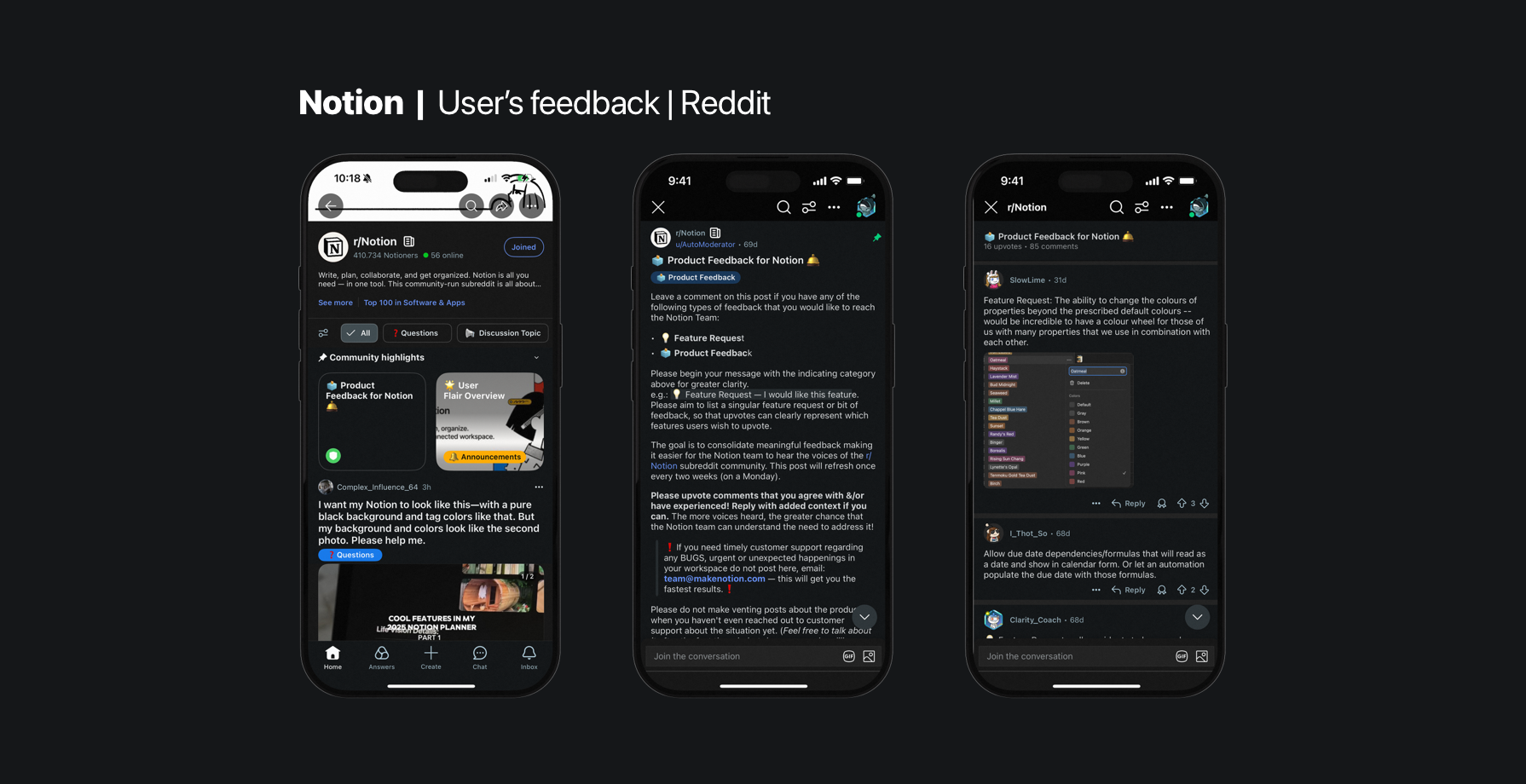
Notion believes in "empowerment through flexible thinking and systems". To make this mission a reality, they create a marketplace of templates and community guides to better fit users' needs for flexibility. Feedback from X and Reddit informs the development of new features and app updates, fostering a co-authorship brand.
Developers can rely on A/B testing frameworks or analytics platforms to fine-tune their experiences. Within app development, it’s common to A/B test interface elements and flows. But there’s a fine line between refining an experience and flattening it; between human-centred design and conversion-driven calculus.
Branding is about telling a meaningful story. However, when it becomes a performance of values rather than a reflection of them, it falls into so-called "woke washing", where companies adopt the language and imagery of social justice movements to appear socially conscious, without commitment to consistent policies or systemic change.
Modern brands are engineered, optimised, tested, and templated. In the fear of making a mistake, brands become standardised, flattened and indistinguishable from one another. Authenticity isn't about appealing to everyone but rather about resonating deeply with some.
Branding in the Age of Influence and Attention
To make consumers happy, even for a few seconds, brands learned to sell love. Emotional resonance has become more powerful than utility or loyalty. Loyalty is no longer enough; brands want love. In the social media age, being loved means having followers and being an influencer.
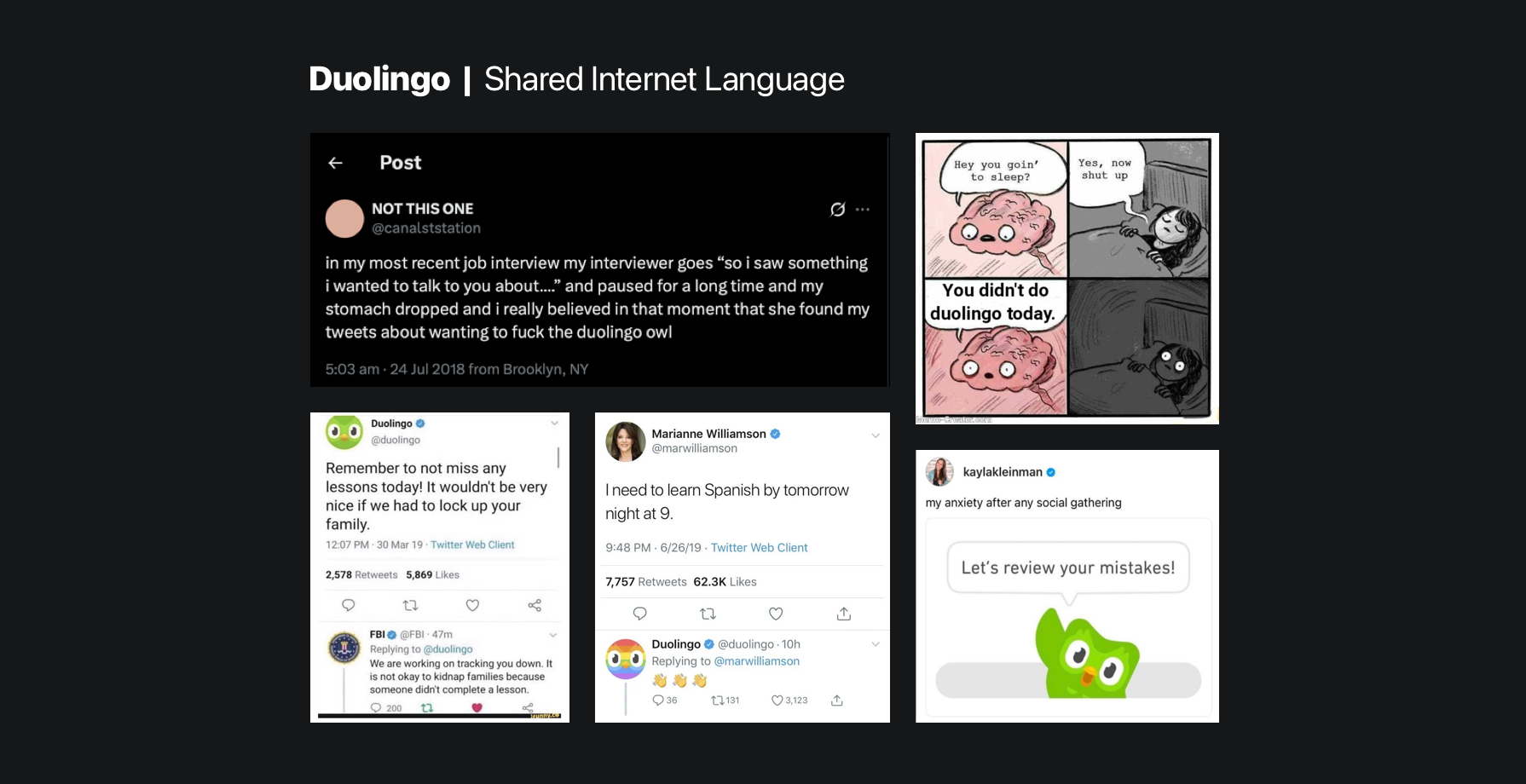
Duolingo, the language-learning app, has transcended its category, becoming a cultural icon through the creation of memes. The rise of “Duolingo memes” shows how the brand has been co-created by its users. Duo, the owl, has become a character in internet culture –a shared language across the web.
Branding doesn’t live only on social platforms. In mobile apps, small choices like haptic feedback can shape behaviour. Developers are brand shapers, not just feature shippers. Push notifications, infinite scroll, or streaks often appear as delightful features, but they also serve as deceptive patterns, developed to excessively hook users.
This tension is becoming culturally visible. The Oxford Dictionary's 2024 Word of the Year, “brain rot”, captures the growing fatigue with digital experiences. Algorithmically optimized experiences are becoming empty calories – content engineered for clicks, not connection. In the race for relevance, authenticity has become collateral damage.
People cannot be empowered in an environment where they do not understand how decisions about them are made.
— Ada Lovelace Institute, Rethinking Data
Brands tell stories, but they only matter when people choose to see themselves in them. In this way, brands can reshape narratives toward sustainability, diversity, and connection, rather than focusing solely on consumption. Not branding for clicks, but branding for belonging.
There is a need to redefine what a healthy digital ecosystem looks like: one that puts people over profit, communities over corporations, and society over shareholders. One where power is distributed, not held exclusively by a few global platforms, but shared among inclusive models that respect the people represented in the data they use.
In a high-speed visual world, people crave moments to slow down. The future of brands lies in creating space to pause, breathe, and connect. In this pause lies the future of design: Not consumption, but care.
Social change and the role of design in the mobile era
Movements like Black Lives Matter and #MeToo scaled not only because of their powerful message, but because they adopted branding tools once reserved for corporations. These movements created full identities (recognizable name, logo, hashtag, website) all infused with passion and purpose. Branding wasn’t decoration; it was strategy, emotion, and identity, aligned in service of justice.
Yes, products need to generate revenue. And yes, teams deserve to be paid. The problem arises when the power to decide what gets built is concentrated in the hands of a few, disconnected from the communities they serve. The result isn’t just profit, it’s extraction.
Brands no longer own the narrative. Audiences do, while you can carefully script the story you want to tell, the public will remix, reframe, and reinterpret it through their own cultural lens.
— Sunny Bonnell
The lack of equity and representation was inherent in the Internet's structural foundation, which was built by a predominantly white male development team. Power and access are controlled by a group with the same structure as in the beginning. The beauty today is that the internet is providing a platform, giving a voice to everyone who has been ignored.
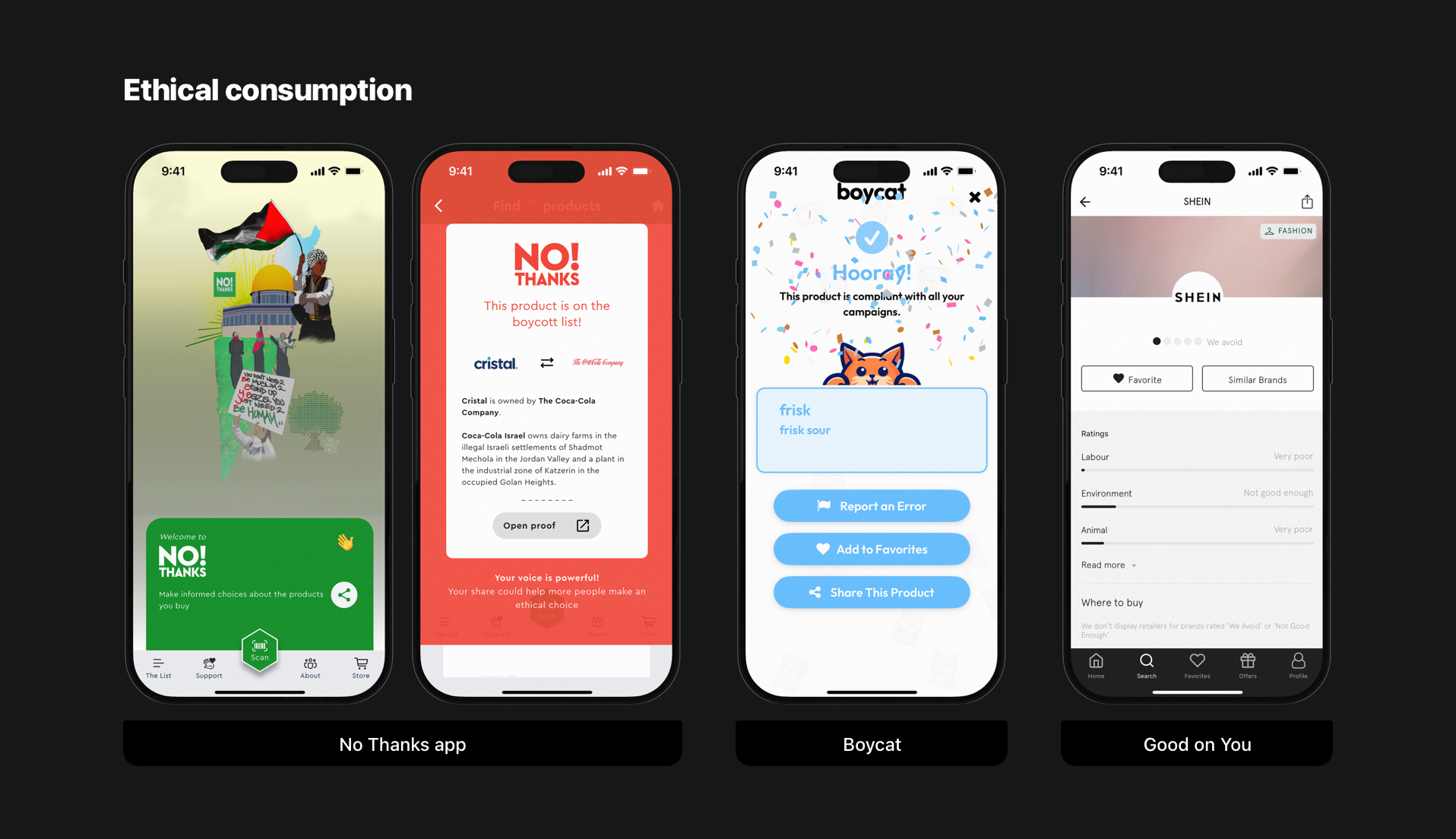
Be Brave, Not Bland
In a world where every scroll, swipe, and tap is a moment of meaning-making, neutrality is not an option. Polished aesthetics and vague promises are no substitute for clarity of purpose. If branding is now self-expression, then brands must express themselves too, confidently and unapologetically. The strongest brands today are not the most universally appealing; they are the ones making bold choices, even at the risk of alienating some. They know that real connection doesn’t come from pleasing everyone, but from standing for something.
From Headspace’s meditative tone to Duolingo’s unhinged internet humour to Notion’s co-creative ethos, each brand featured here succeeds not because it tries to be everything to everyone, but because it commits—deeply—to what it believes.
This is the era of intentional branding, where consistency beats consensus and resonance matters more than reach. And where every design decision is a chance to express what you value –not just what you sell. So choose your colours with conviction. Make products that don’t just work –but mean something. Because in a culture saturated with optimisation, authenticity is radical. And in a digital world full of noise, the clearest signal is a brand that dares to stand for something –and never apologises for it.

